Garden Fresh Gazpacho
This recipe is an upgraded version from an earlier version of my first book (Recipes For Reciprocity)
This recipe below is a version a recipe that was intended to be included in my book (Recipes For Reciprocity : The Regenerative Way From Seed To Table) but I ended up having to cut it from the final draft due to printing budget limitations.
Well I don’t want this recipe to be limited to being enjoyed in our home so I am going to share an upgraded version of it with you all now!
I love this recipe as it allows me to use up all the abundance of cucumbers, tomatoes and peppers that start pouring out of the garden in June/July. It is refreshing, hydrating, nourishing nutritionally and tastes amazing!
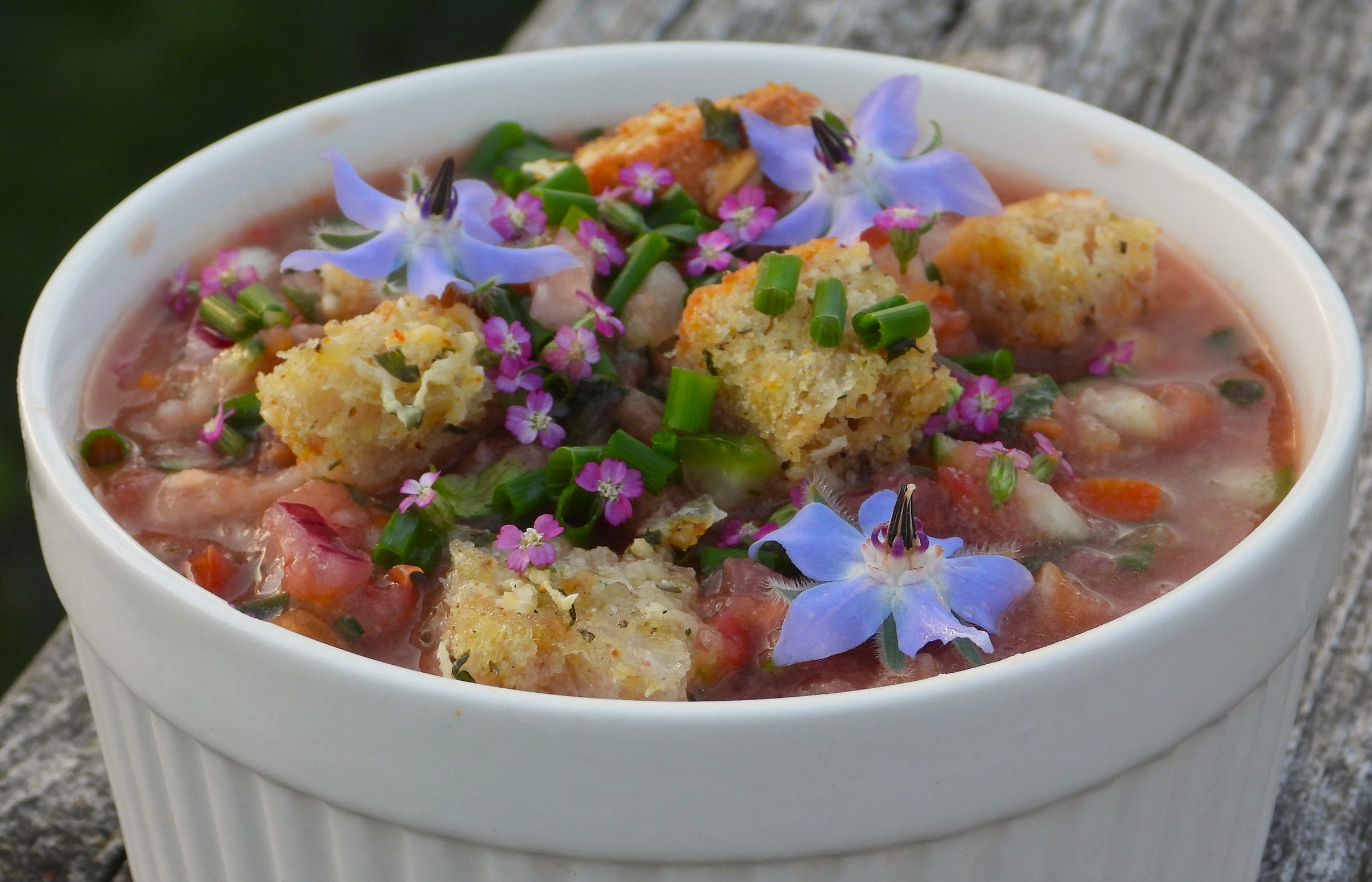
History of Gazpacho:
Let us go on a little historical journey to reach the famous red gazpachos that we know today.
The earliest versions of the dish actually pre-date the Romans, pointing to the Greeks, and are mentioned even as early as the biblical Ruth. But by the time of the Roman empire, the dish first finds form in a sort of subsistence porridge made by legionnaires with stale bread ground in a mortar and pestle with garlic, vinegar, olive oil, and salt (Roman soldiers were sometimes paid in salt, hence the “sal” in salary.)
So how did we get from there to here? OK, here goes…
It was not Columbus, but Cortes in 1521 who introduced the Peruvian tomato to Spain. The Spaniards pillaging of the treasures of South America (no not gold but in this case, but tomatoes, cucumbers and peppers) led to many changes in culinary staples in that time.
Tomato gazpacho was first made in the 16th century.
The recipe for this first gazpacho is quite simple and crude. It was a recipe of utilization in which people tried to get the most satiety and nutrition with the least amount of ingredients.
Harvesters and peasants used to eat gazpacho very often, because despite being a light dish, it provided energy and strength to continue with the workday. In fact, long after the evolution of gazpacho, there were people who resisted to try the new recipes and adopt this dish in their diet, because they did not want to eat something that for centuries was representative of the lower class.
Well, today I will be sharing a Gazpacho recipe that is far from “traditional” and it leans into both herbs that were revered by the ancient Romans as well as herbs from Turtle Island.
Romans believed that adding borage flowers to wine could induce happiness and banish sadness, according to some. The herb, also known as "Herb of Gladness," was thought to bring cheerfulness and even courage, according to some historical and botanical accounts.
“Plumajillo”, a Spanish word for yarrow, means little feather), and appears to have an almost endless array of leaves (a common name and species name includes “Milfoil”, meaning a thousand leaves). The ancient Greeks called it Herbe Militaris – the Military Herb – because it was often used to staunch bleeding and support wound healing. The genus name (Achillea) links back to the Greek figure Achilles, who, according to legend, used the plant to treat wounds of warriors. I included this herb in my recipe as a garnish for both medicinal, cultural and visual reasons.
I added things like Borage leaves and blossoms, yarrow foliage and blossoms, basil, cilantro (all connected to ancient Roman culture) as well as some bee balm leaves and poblano peppers, and (fermented/preserved) ramps (connected to ancient Turtle Island cultures).
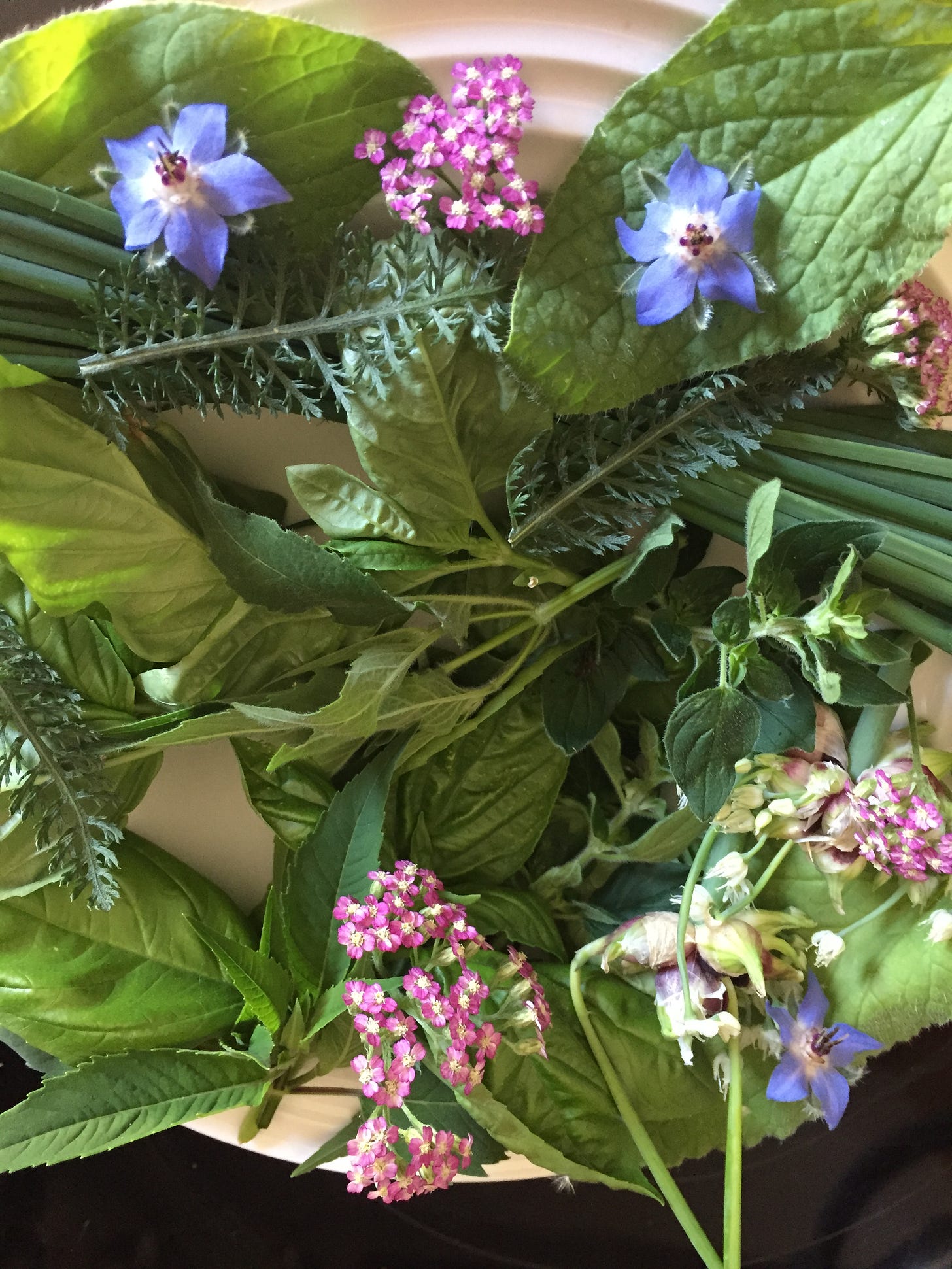
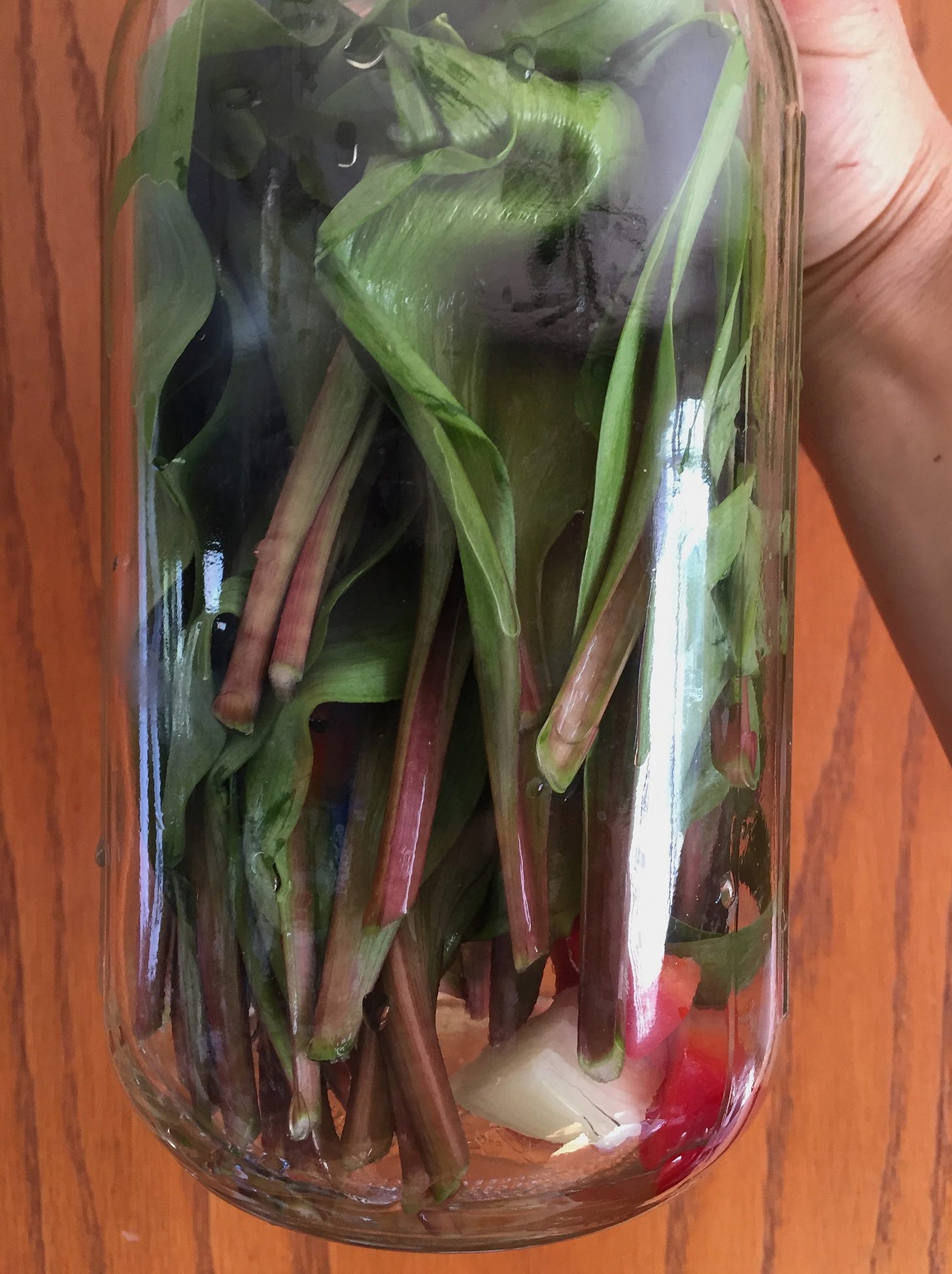

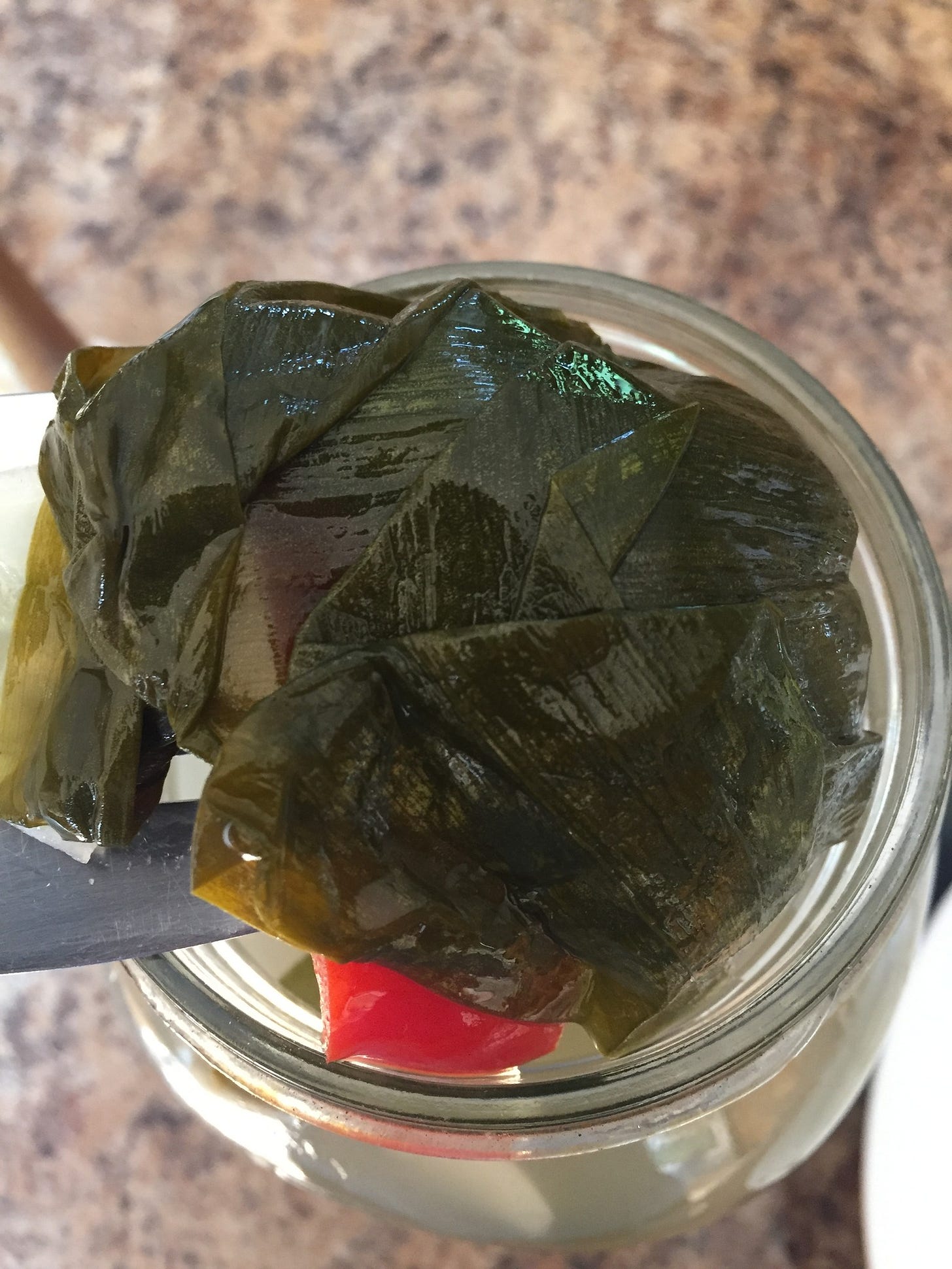
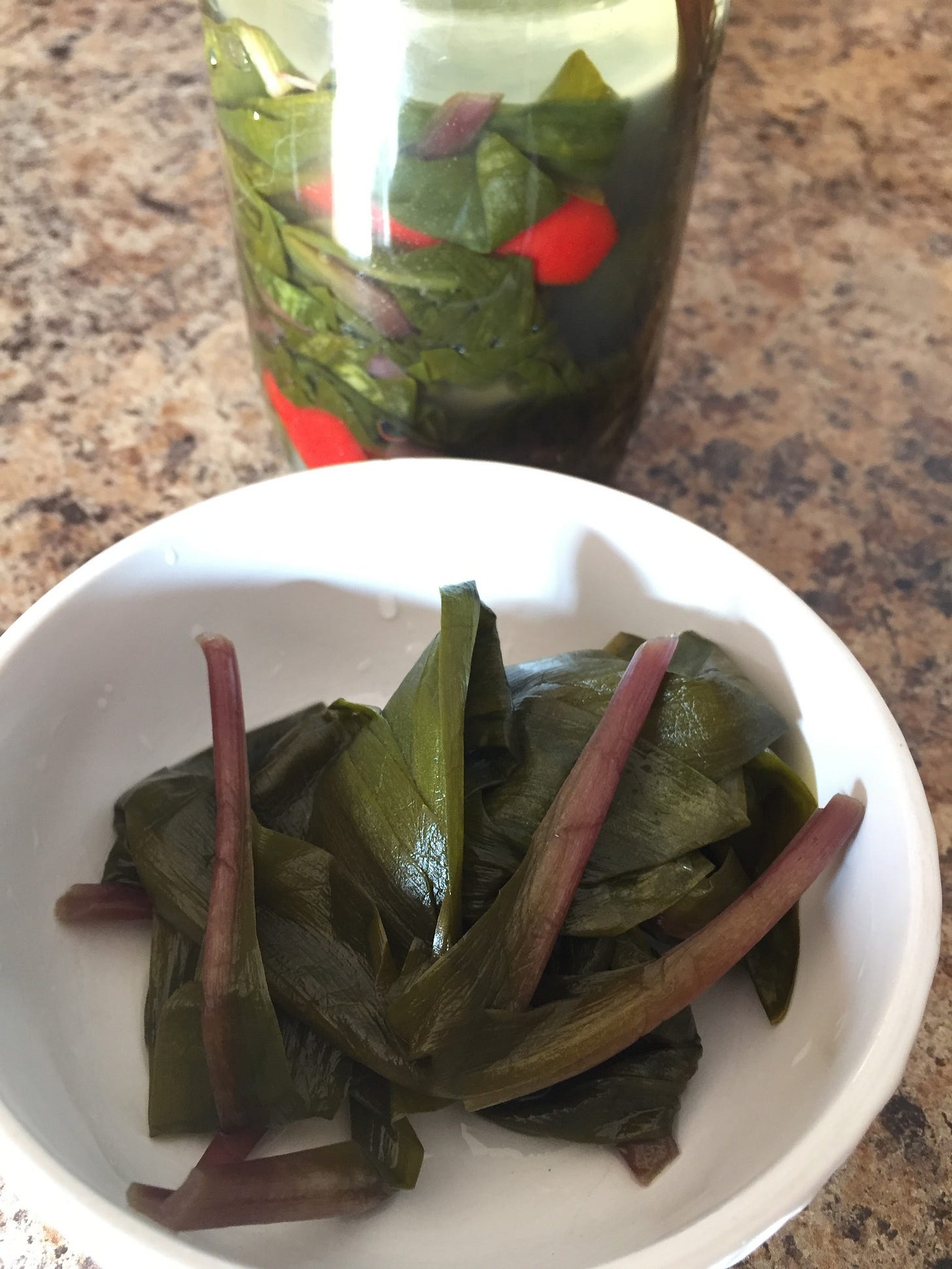
I also flame roasted some mangos, bell peppers and poblanos for this recipe to add some smokey flavors and black flecks of seared veggie visual awesomeness.
For those who like it hot, the addition of lots of fresh chili peppers in this recipe makes for a unique contrasted experience of the senses (and offer a long list of health benefits too).
In a medicinal/nutritional sense, this soup offers Ocular-Regenerative/Ocular-Protective, Glyphosate detoxing, Cardio-Protective Potential, Radioprotective, Radiomitigative and Radiomodulatory and Immune system optimizing benefits.
Ingredients:
- 2 red onions, one blended, one finely chopped
- 6-8 ripe tomatoes, half blended and half finely chopped
- 1 medium cucumber, half blended and half finely chopped
- 1 green bell pepper (or two roasted poblano peppers) finely chopped
- 1 red bell pepper, half blended and half finely chopped
- handful of young borage leaves (bruised and finely diced)
- (optional) 1 clove of garlic, crushed
- 2 - 4 cups of tomato juice (or pureed ripe tomatoes)
- 2 to 4 hot peppers of your choice, half blended and half finely diced (dried pepper flakes work well too, use about a tablespoon if using dried instead of fresh)
- a drizzle of honey
- salt and pepper
- 1⁄2 cup olive oil
- the juice of one - two limes
- 1/4 - 1/3 cup apple cider vinegar (depending on personal taste)
- a pinch of finely diced bee balm (Monarda didyma) leaves or oregano leaves
- a handful of fresh basil leaves, finely diced
- a pinch of cilantro leaves finely diced
- a handful or two of fresh parley leaves, finely diced
- 6 - 10 green onions, diced
- sourdough bread for making croutons
Optional Garnishes:
- chives, finely diced (for garnish)
- borage blossoms (for garnish)
- lacto-fermented ramp leaves
- individually separated yarrow blossoms (garnish in moderation as they have a strong flavor)
- flame roasted mangos (cubed)
- flame roasted poblano peppers
Directions:
Make your croutons via chopping up some sourdough bread into cubes, drizzling with olive oil, adding some herbs, maybe some parmesan or swiss and baking at 350 until crispy.
You can store the croutons in an airtight container in the fridge for a week or freezer for months. Great for soups or salads. (for a basic crouton recipe, check this out). For info on how to make your own sourdough bread from scratch, check out this post.
Next, finely chop the onion, herbs, tomatoes, half of the cucumber and peppers.
Blend half of the tomatoes, peppers, cucumber, parsley, basil, cilantro and the juice of one lime in a blender on pulse mode until you get a puree texture that still has some good color variation.
Place in a large bowl with garlic (if using). Stir in the juice, honey, salt, pepper, oil and vinegar and mix well.
Mix the diced ingredients in with the pureed ingredients in a larger container.
Refrigerate. Serve soup cold garnished with croutons and diced chives at the very least (or some of the other far out garnishes I listed above if you are feeling adventurous.
I love to have a good hot sauce on hand in case you need to balance the hot and cold equation ;)
It can keep for up to three days in fridge in its raw format, or you can ferment it to extend shelf life and add probiotic awesomeness to the mix.
Here are some pics of a few fun variations I made recently:
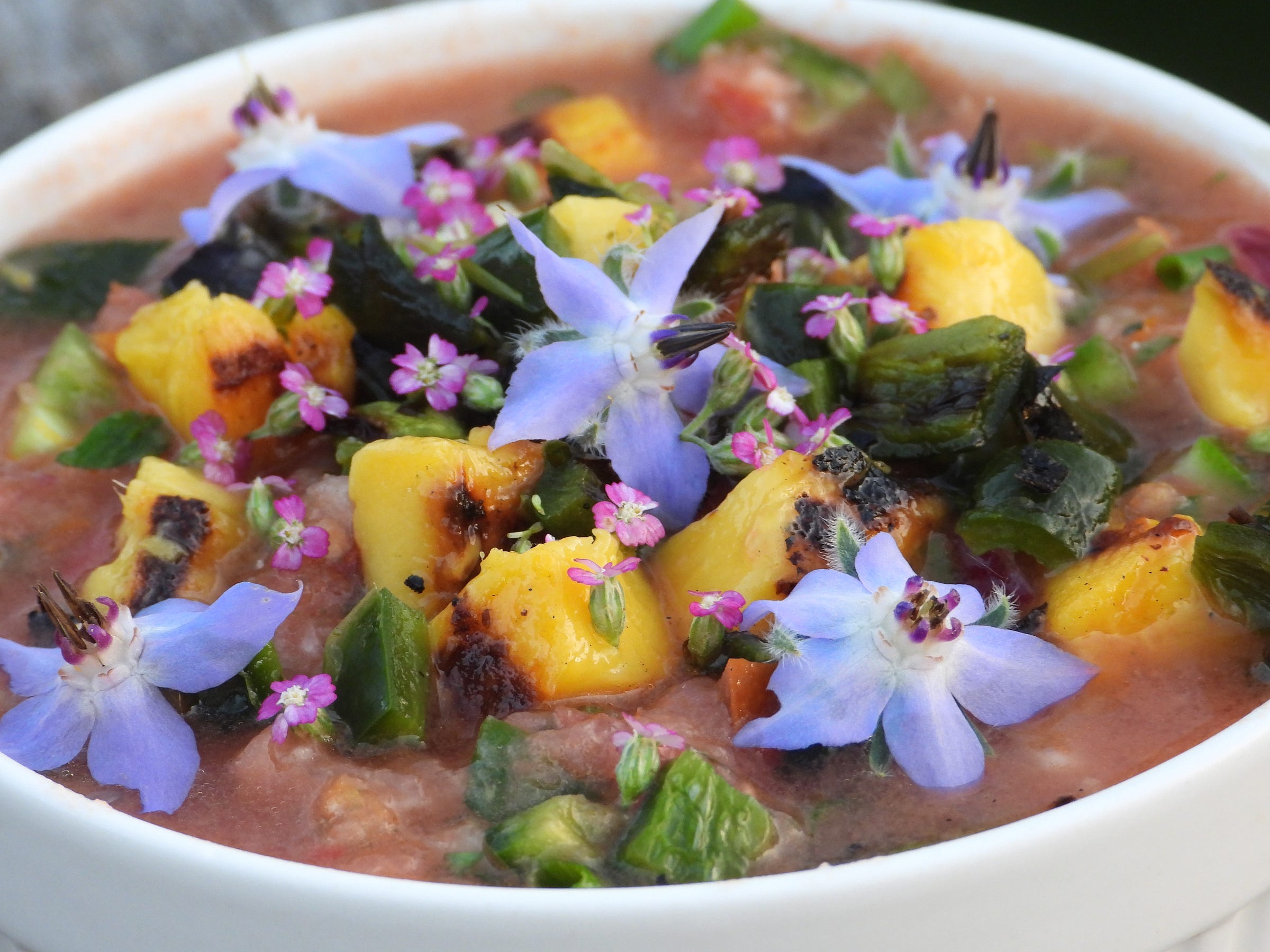
Well I hope some of you out there will give making your own version of this a try. It is truly delicious and fulfilling on many levels.
The recipe above is an upgraded and enhanced version of a recipe from an earlier version my book (cover shown in image below).
If you would like to have access to well over a hundred other fun and nutritious recipes like this there is info to where you can purchase either a physical or digital copy of my book below.

For those interested in purchasing a physical copy of the book you can do so through this link:
https://recipesforreciprocity.com/shop/softcover/






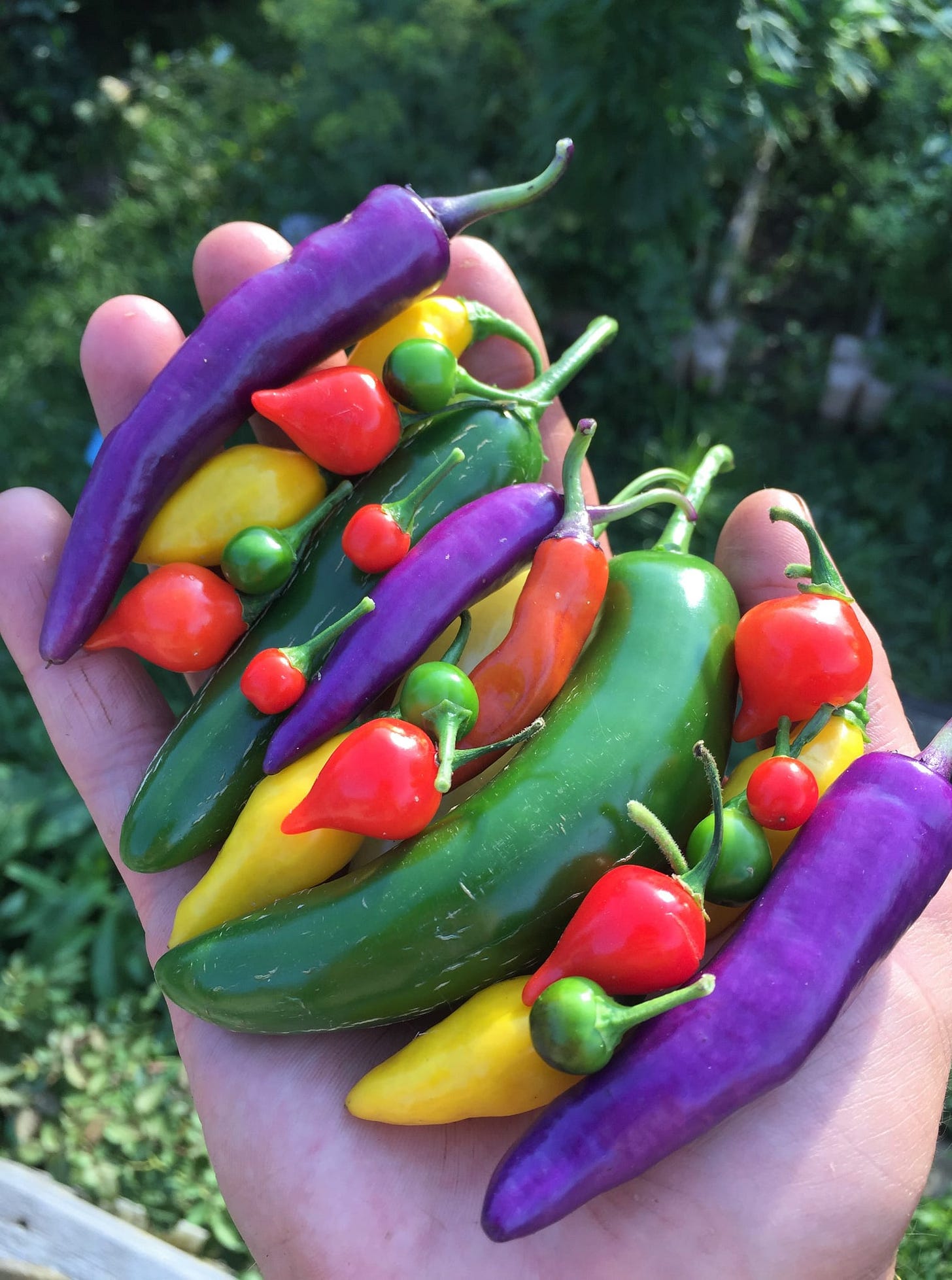
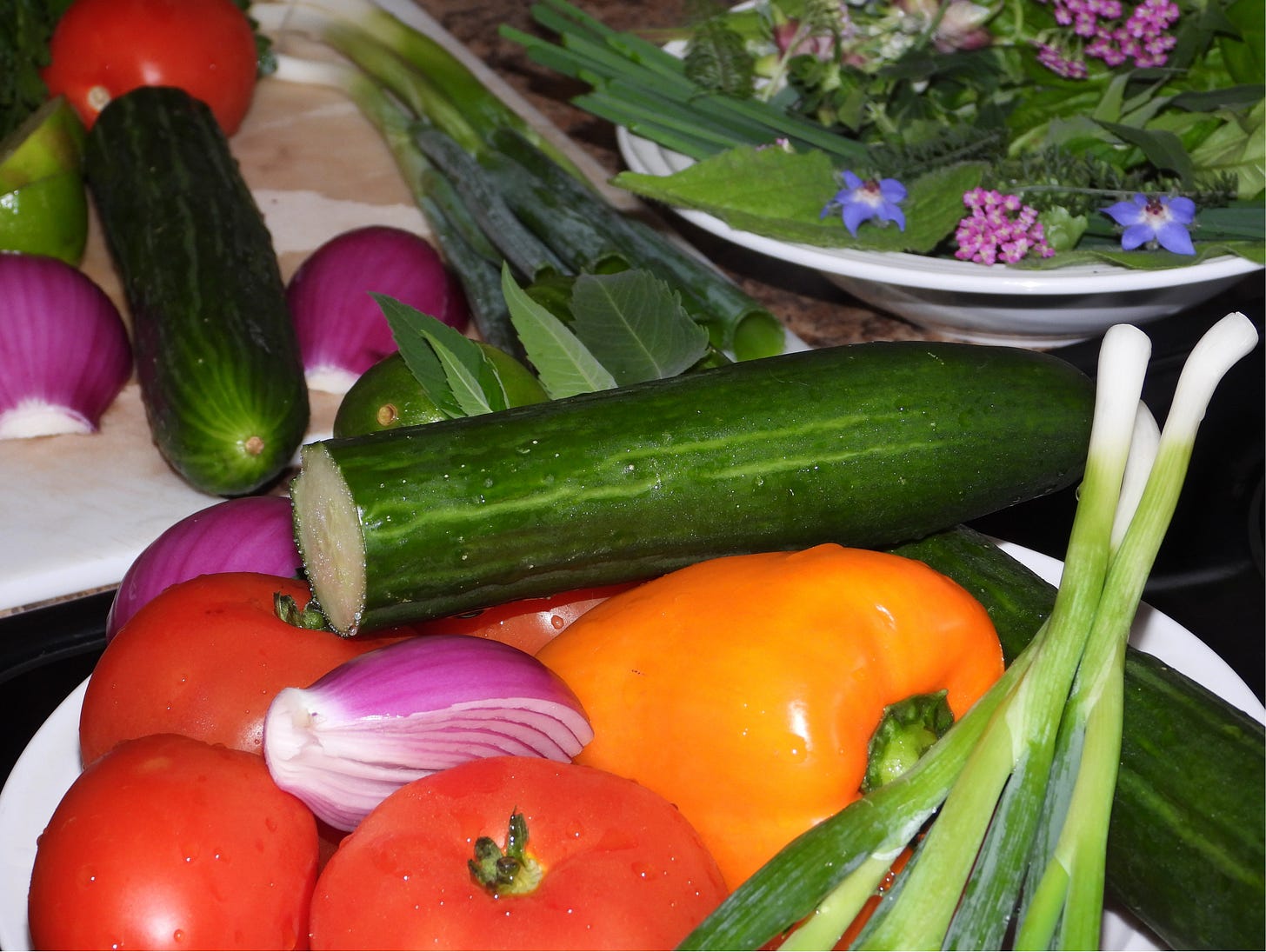
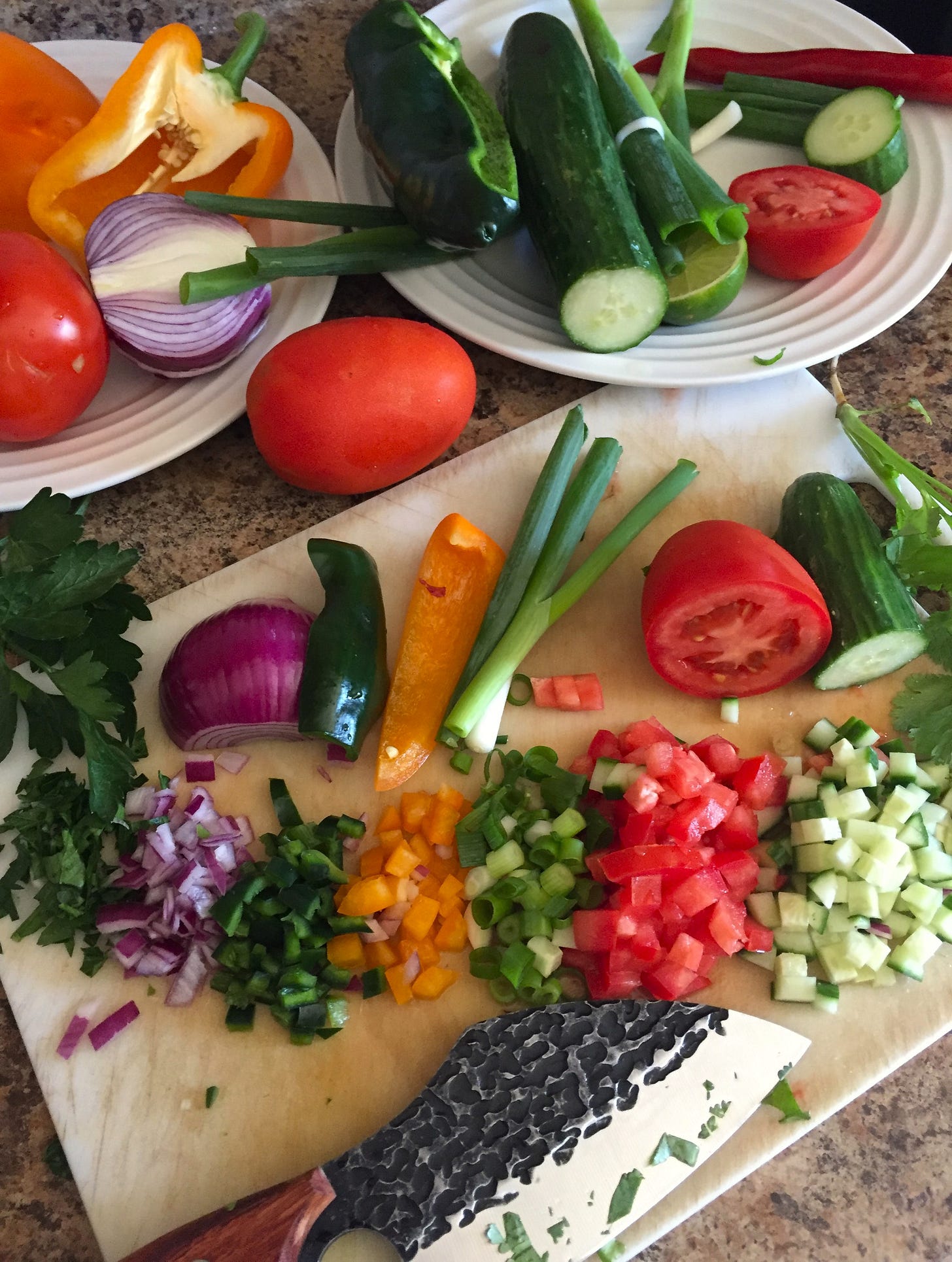
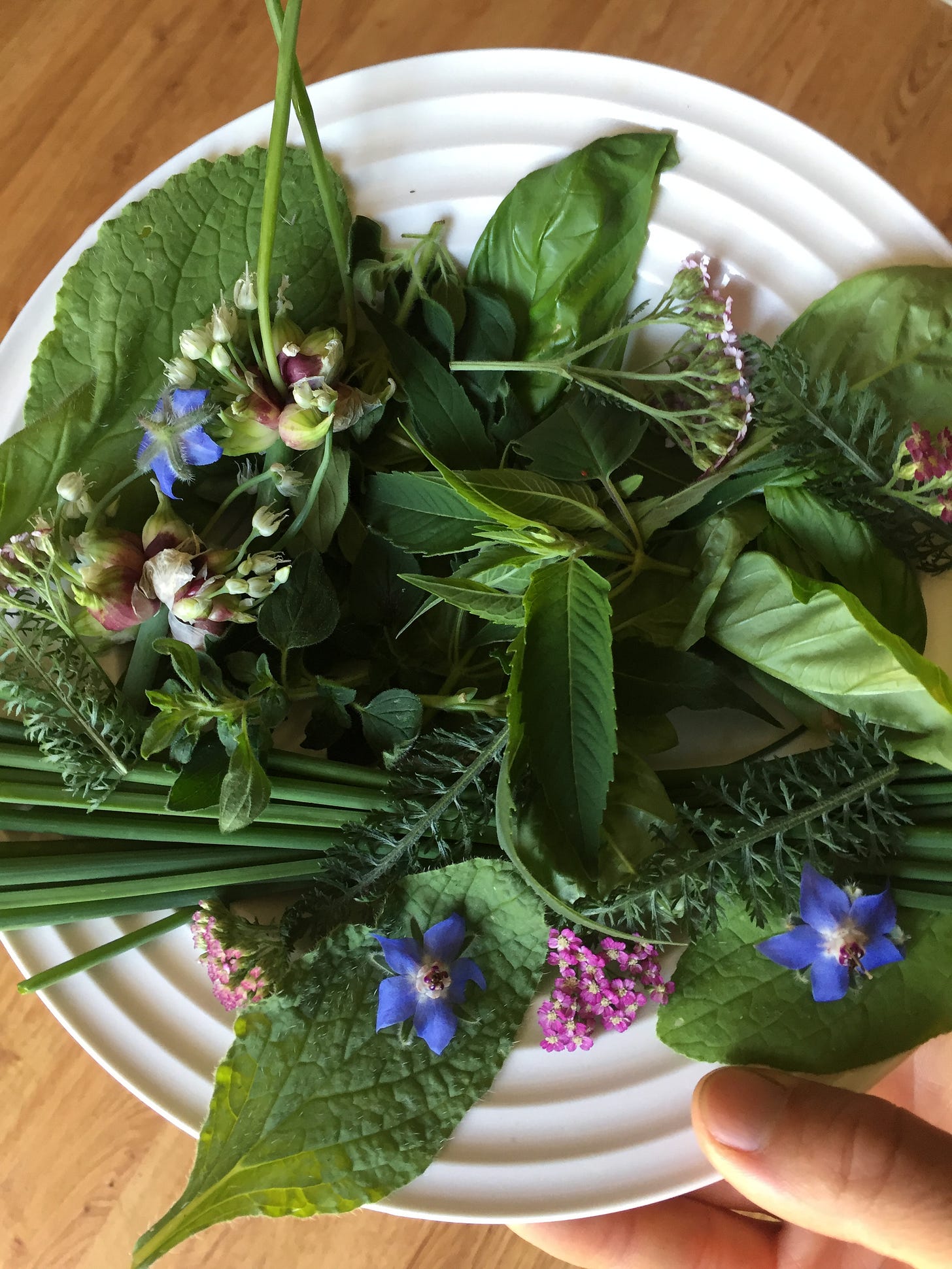

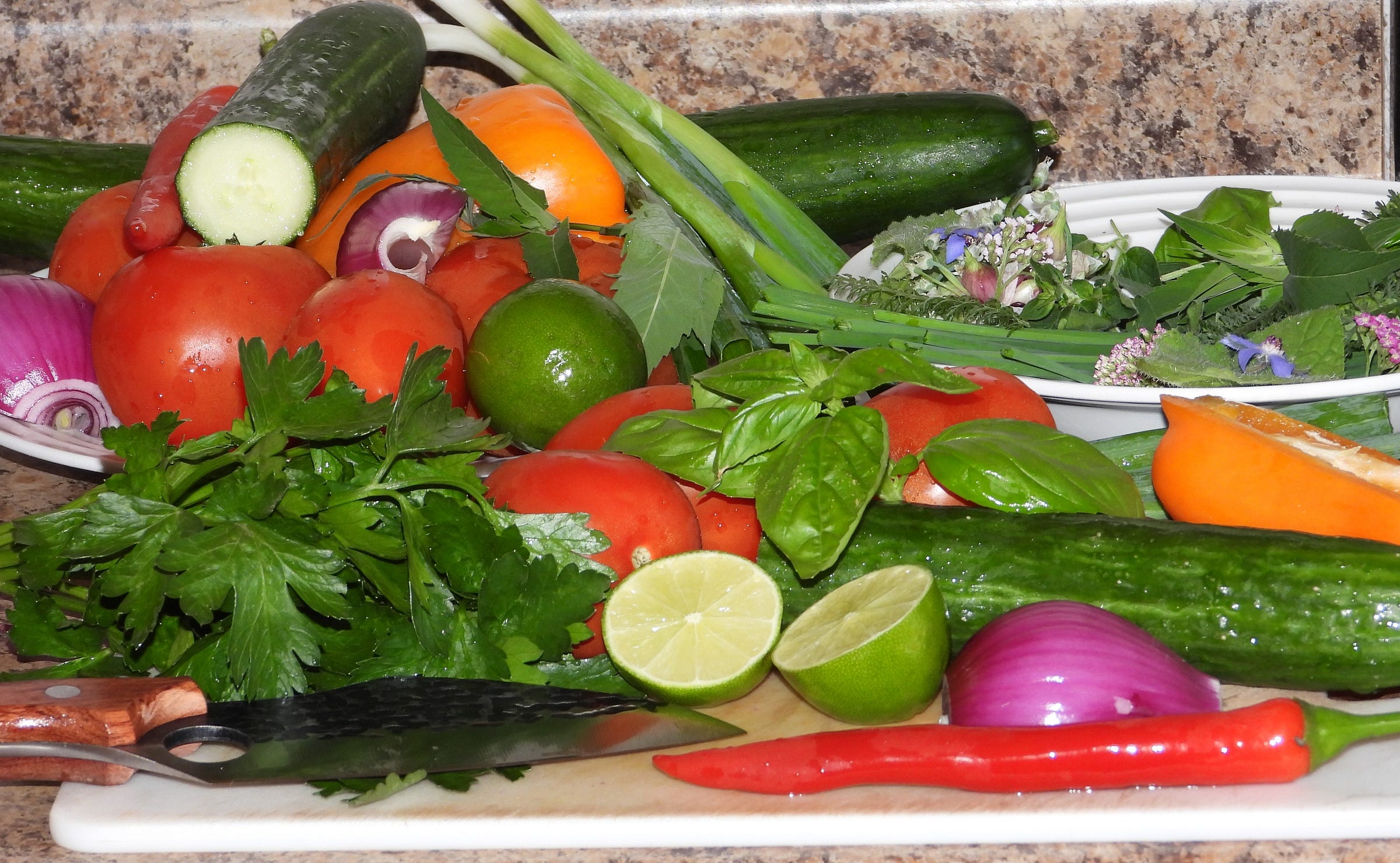

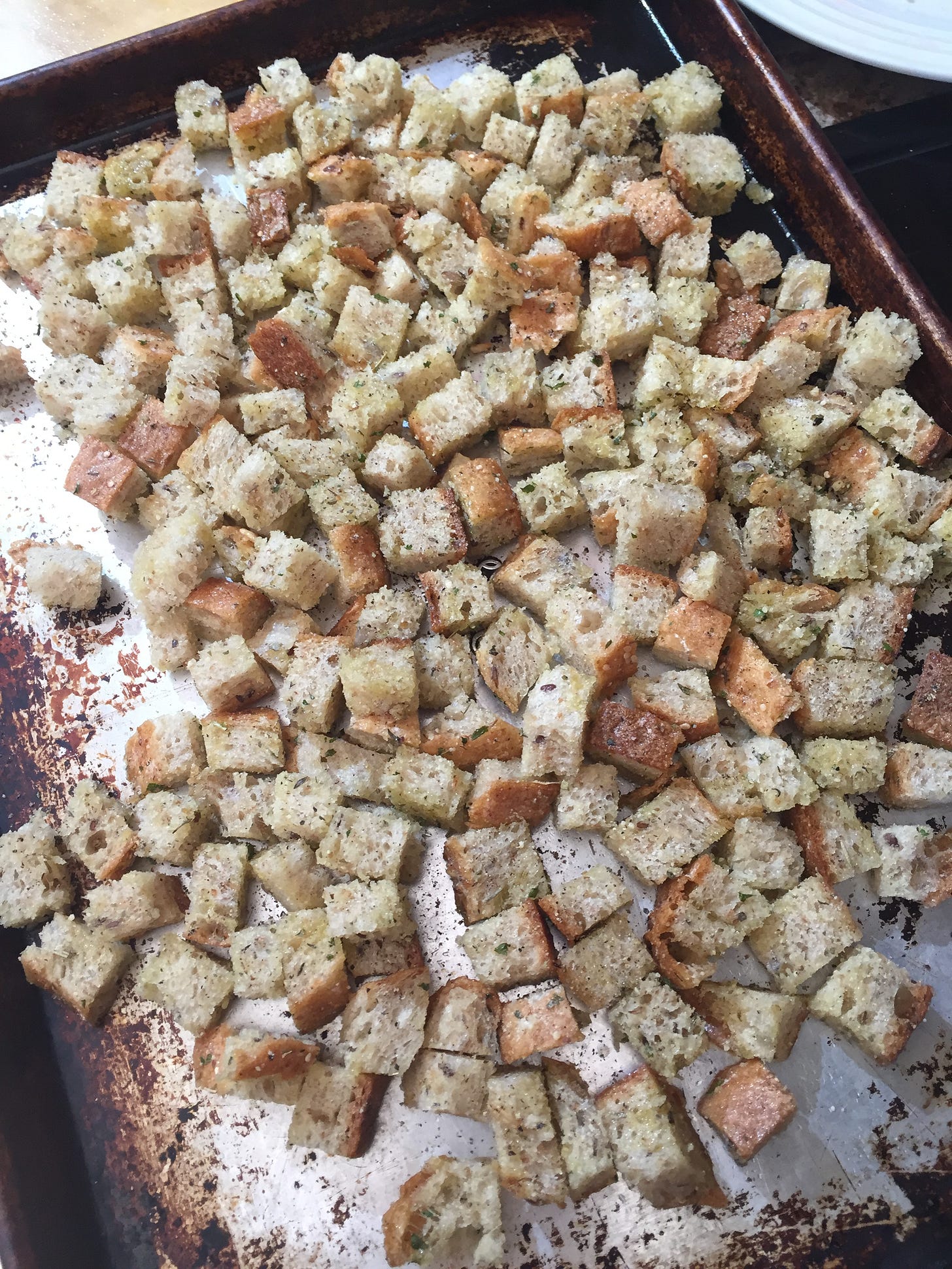

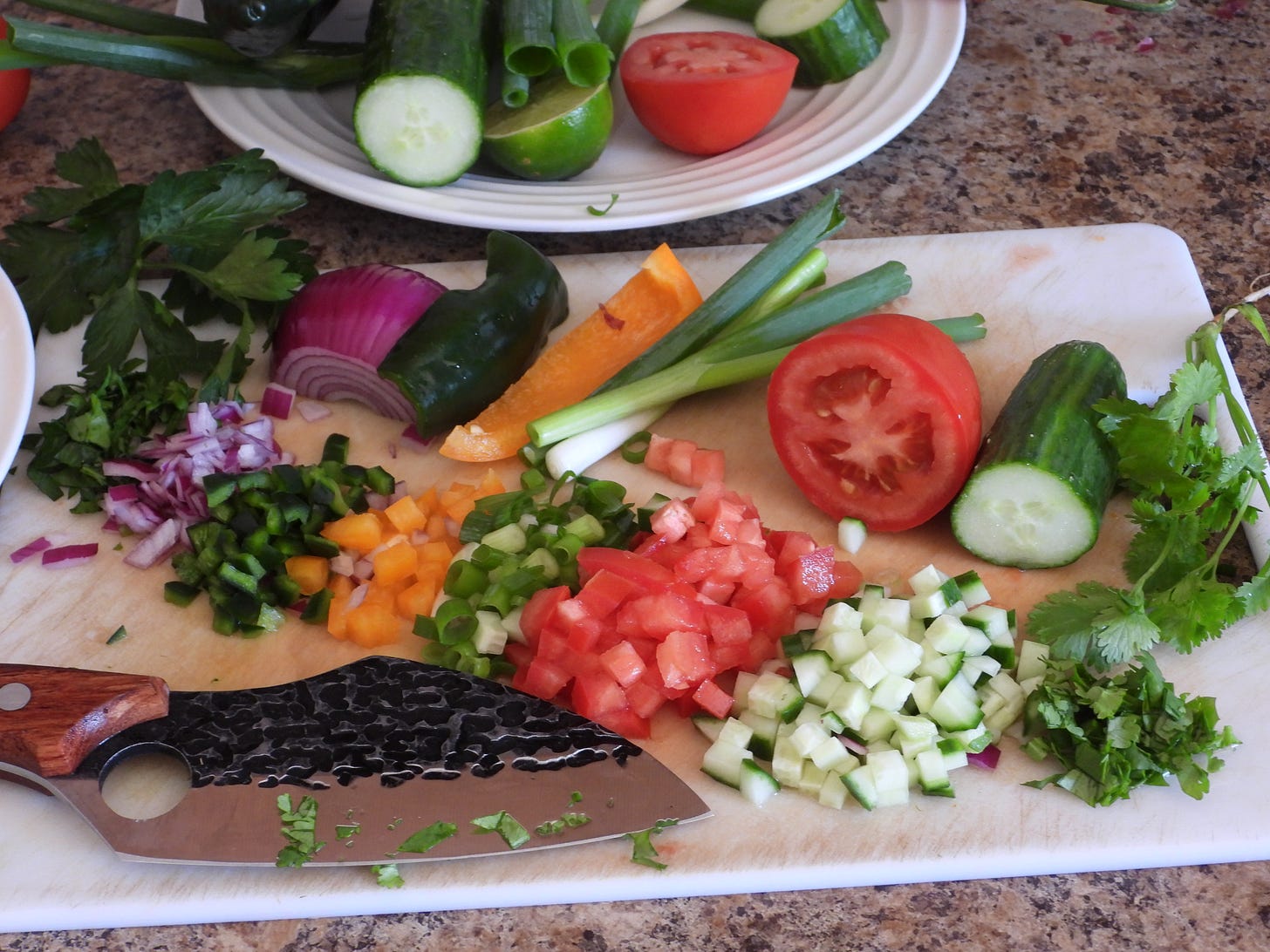
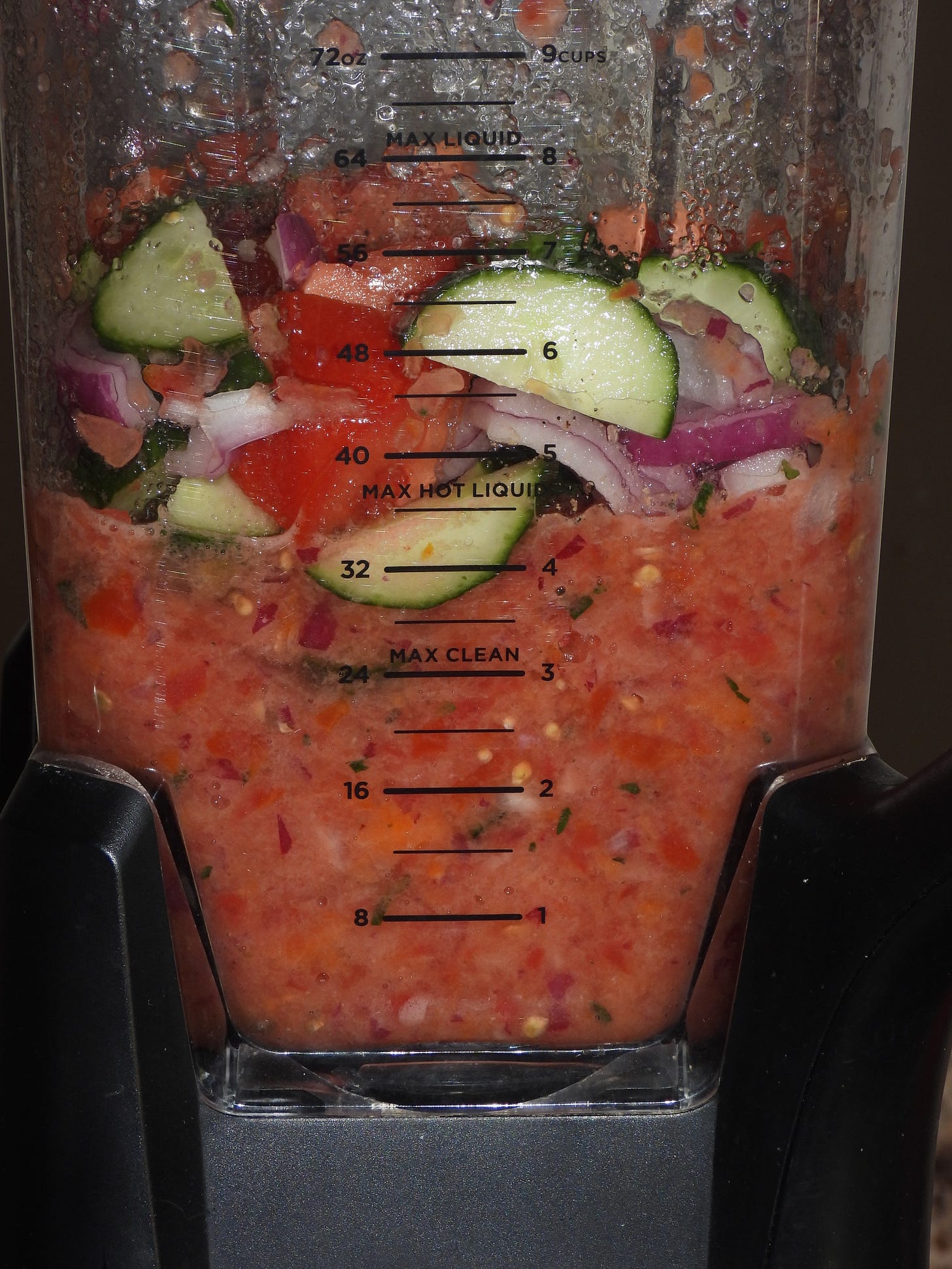


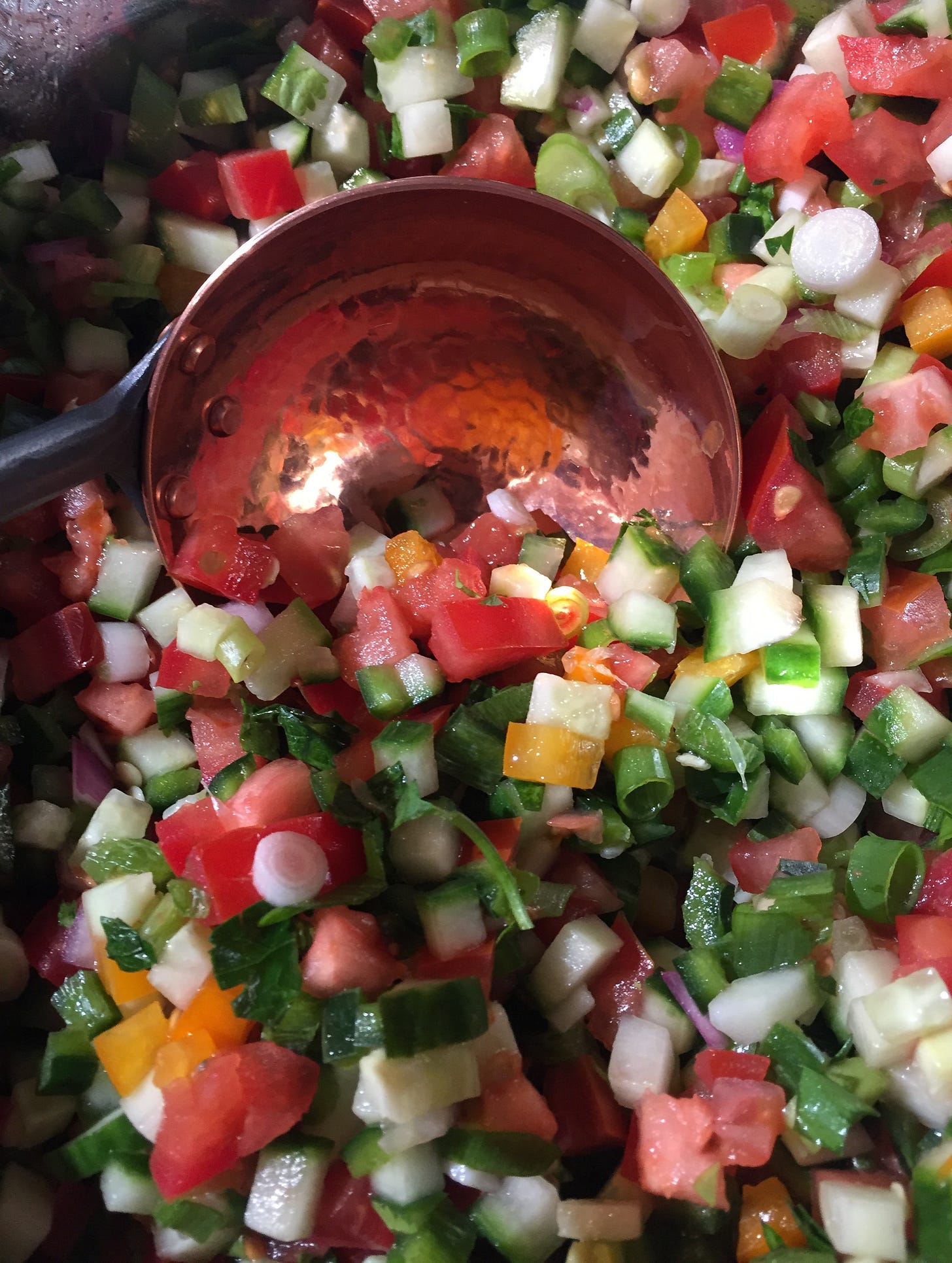


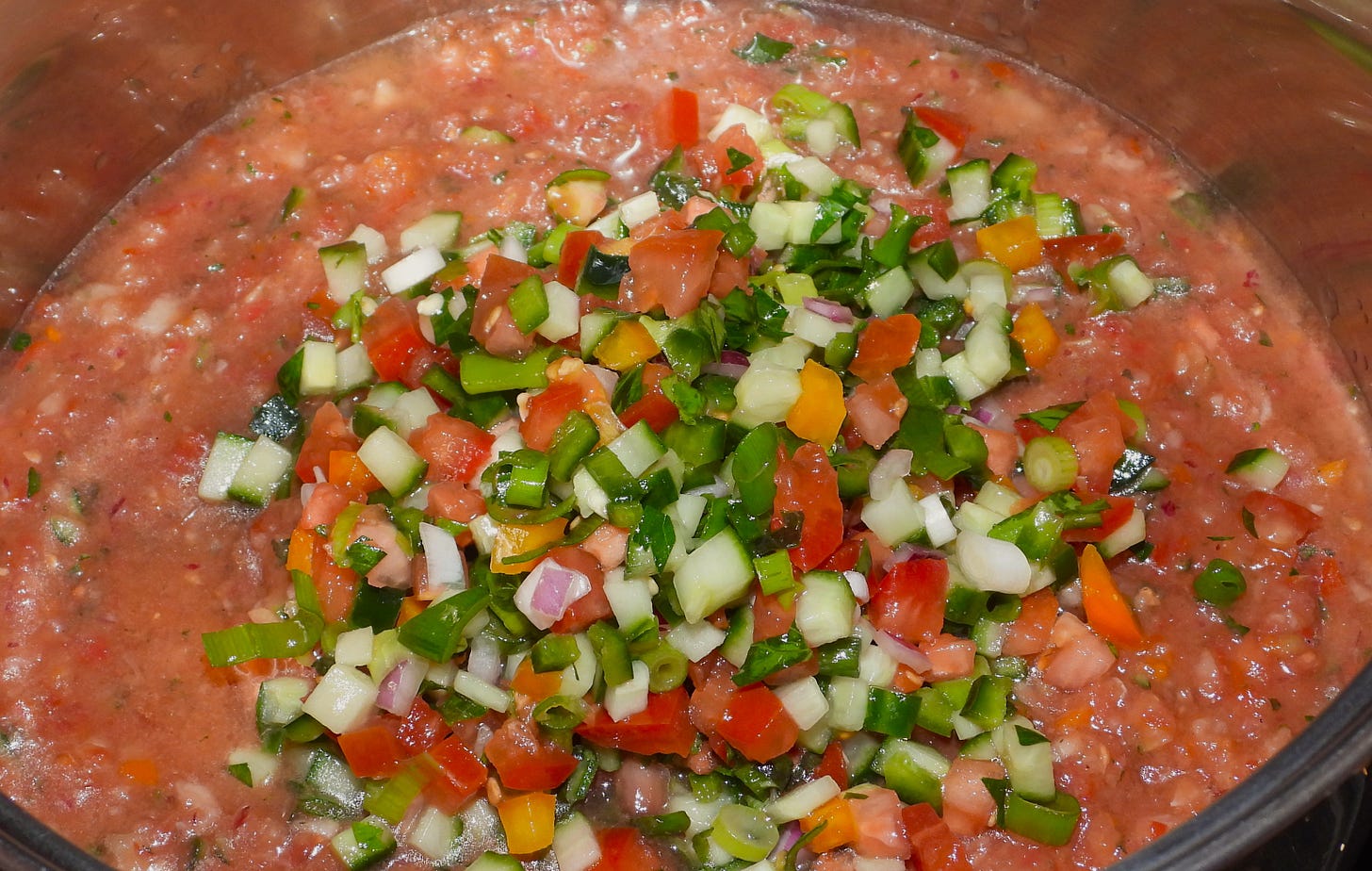
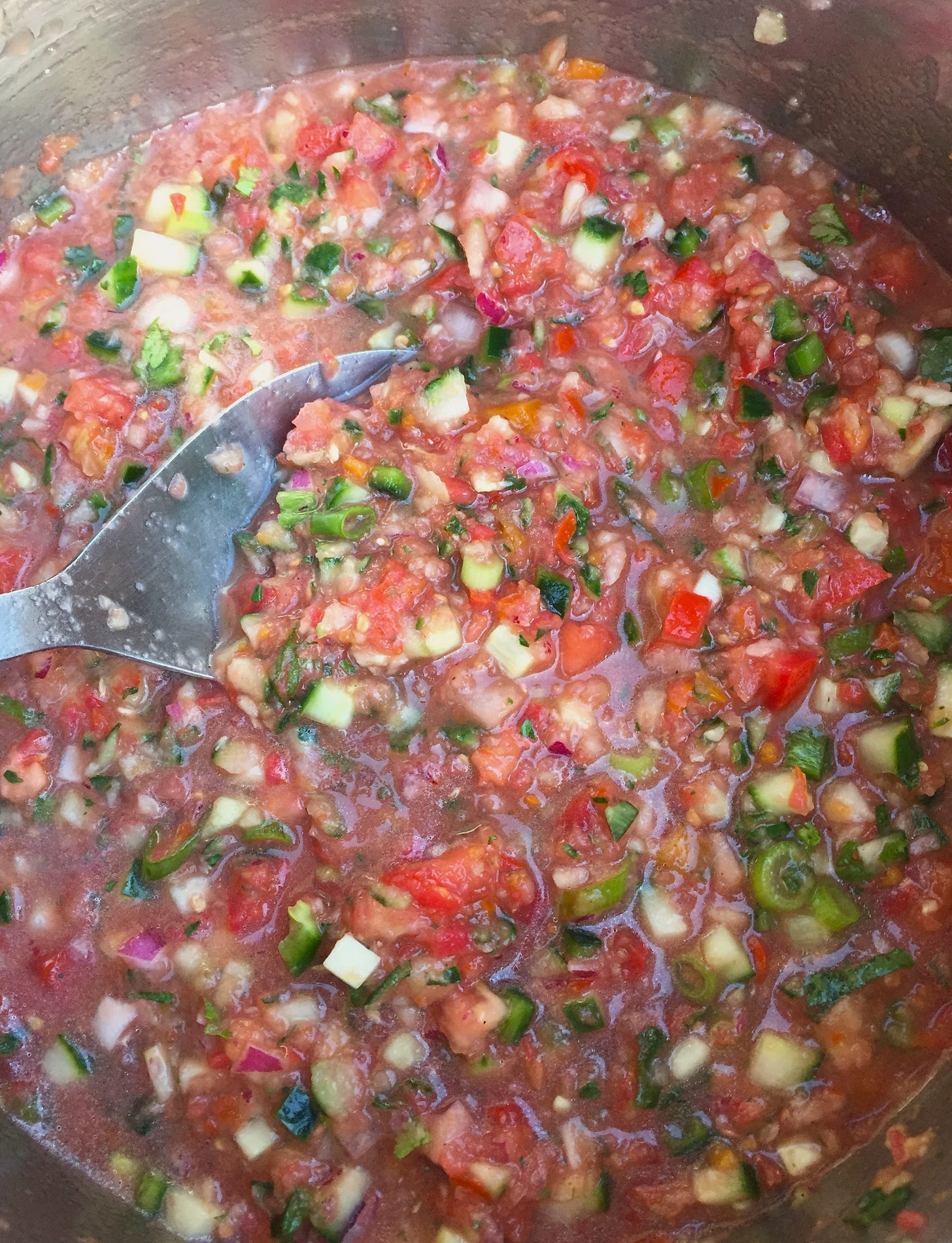
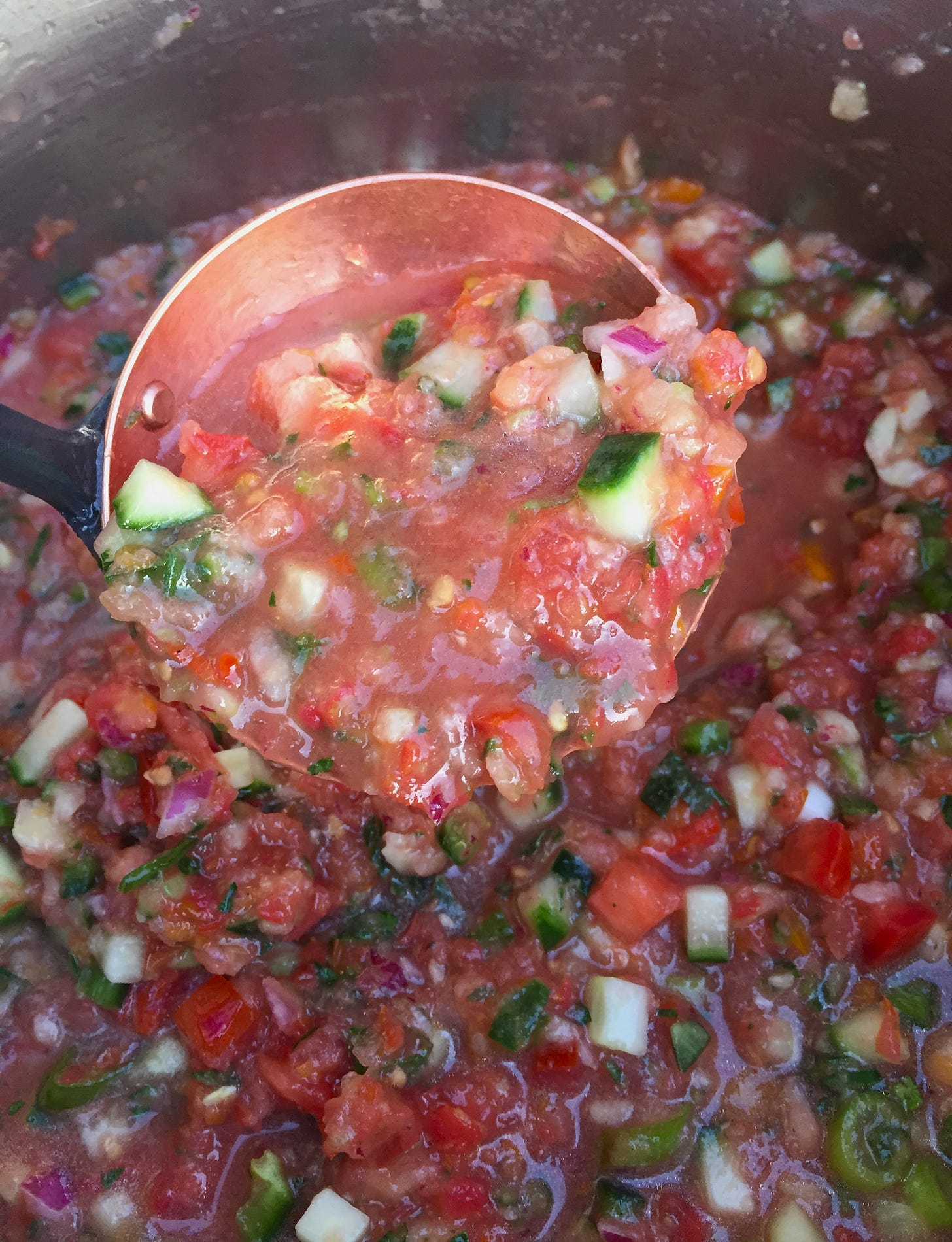

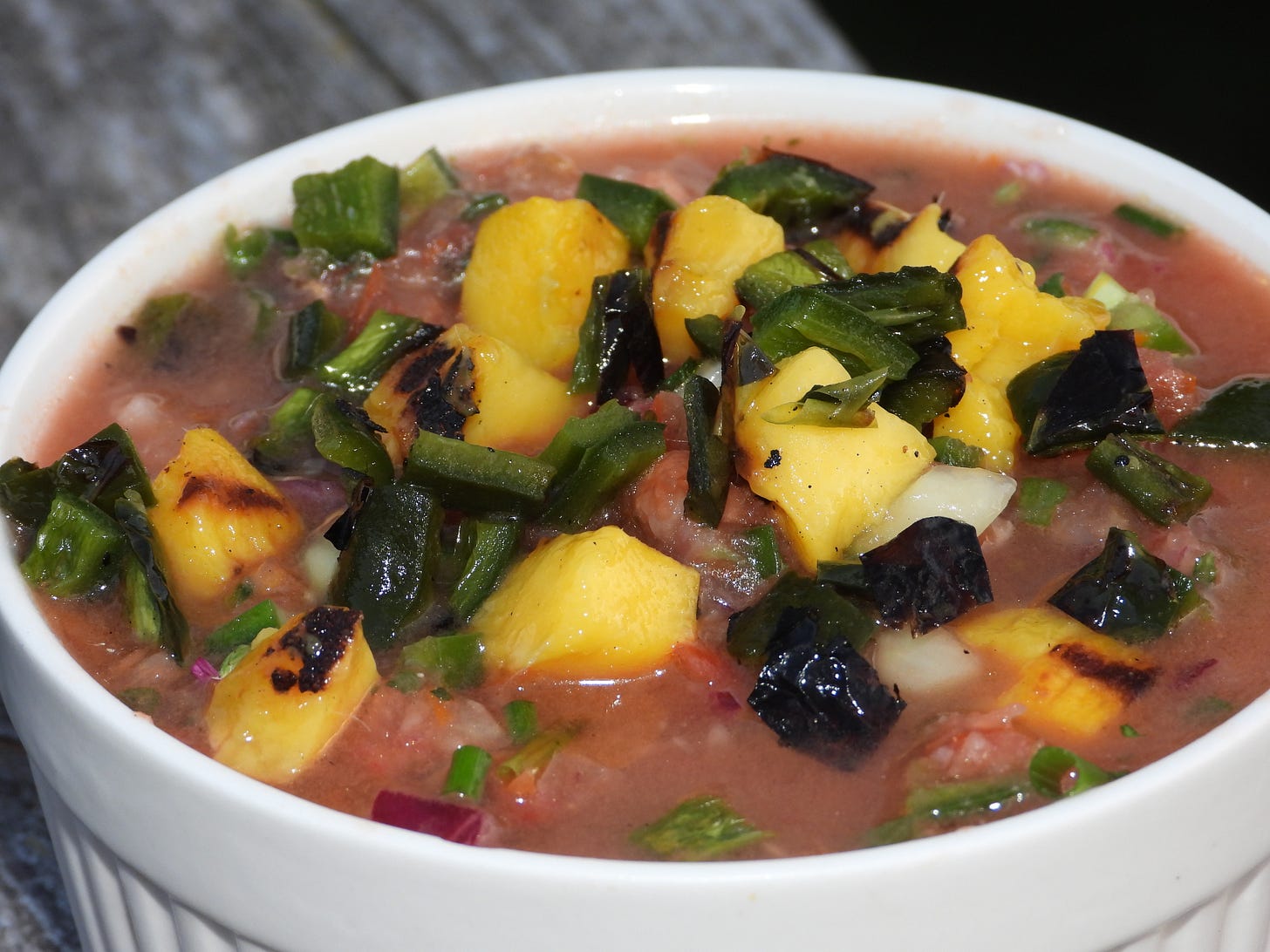
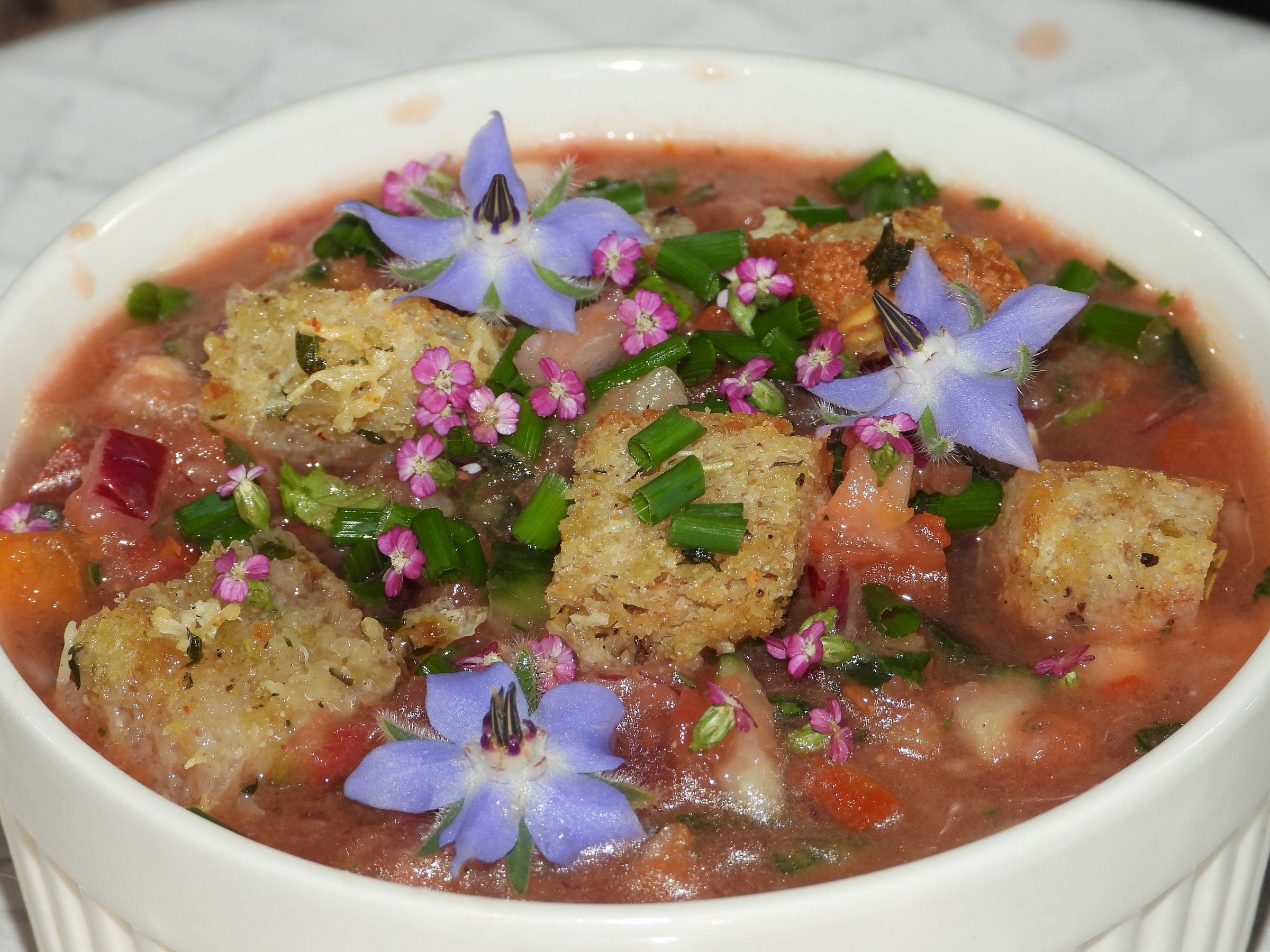
Beautiful, seductive photos! Recipe sounds delicious - Thank you!
Incredibly unique and looking SO TASTY, not to speak about HEALTHY! Gavin, you and your family might be the one of the few, who survives to way beyond 120..., when looking at all these foods! The bread link is GREAT too! THANK YOU!
Also, you are SO LUCKY to have cucumbers already! My only plant this year has hundreds of flowers and NOT ONE cucumber.. The cherry tree this year, was full of flowers, yet not one cherry showed up. At least can smell the flowers and imagine the rest..